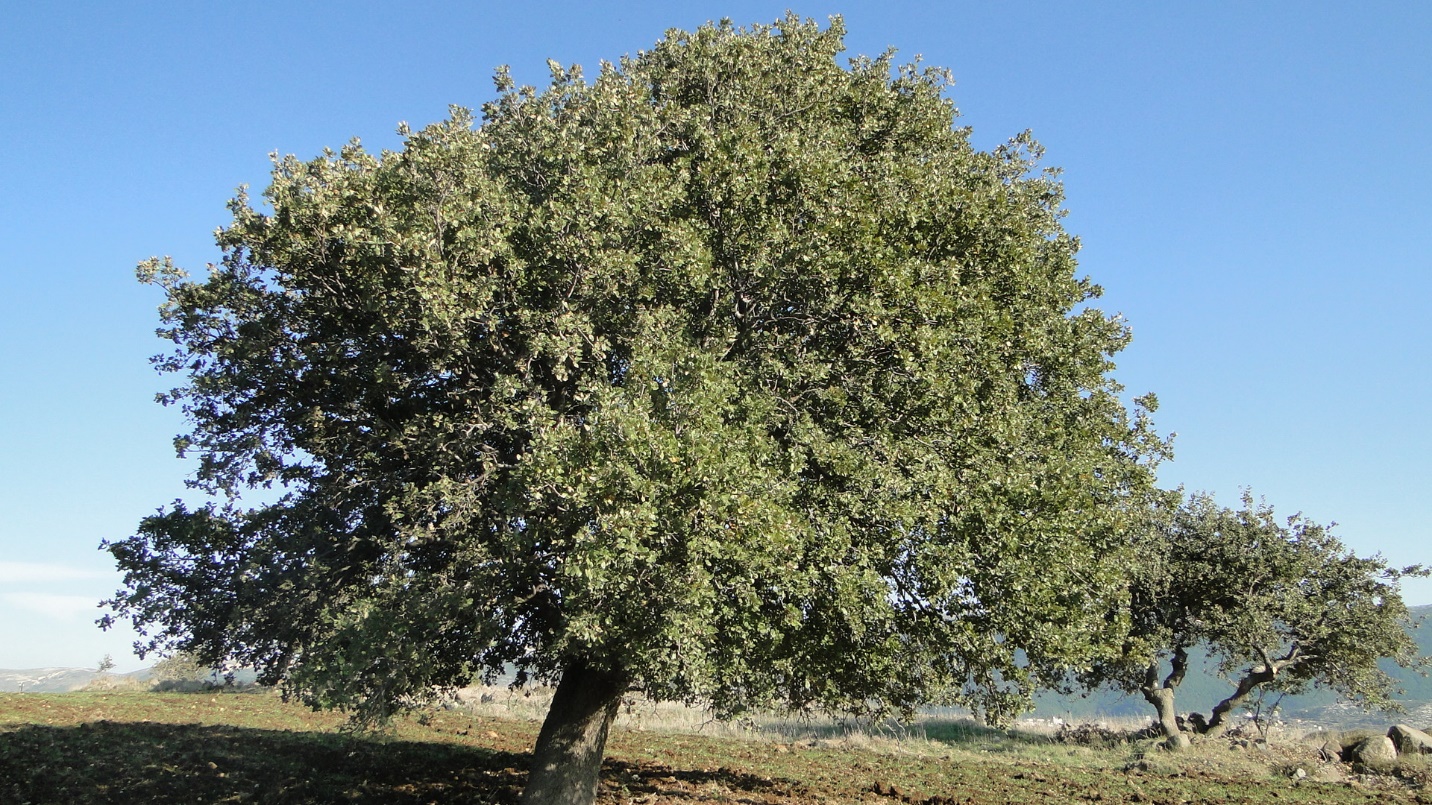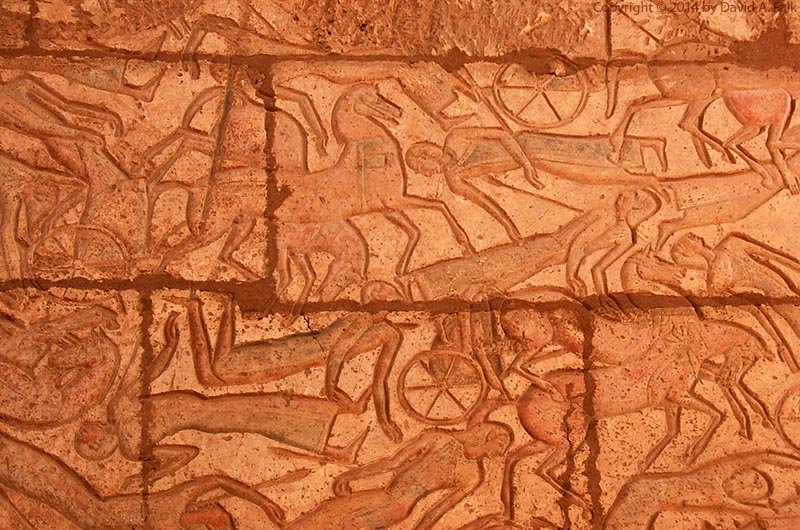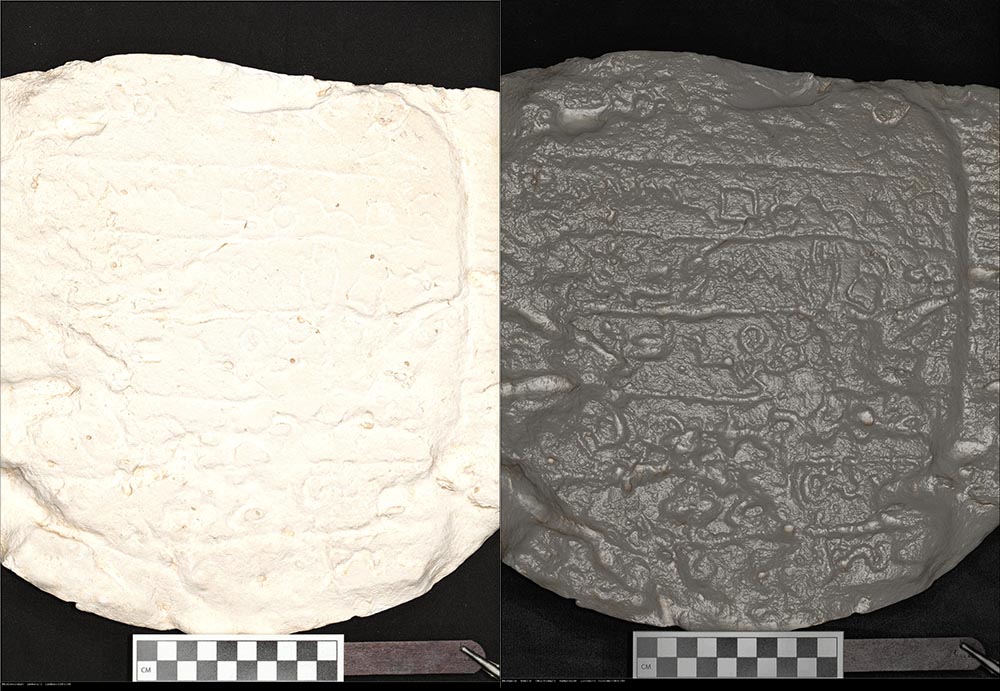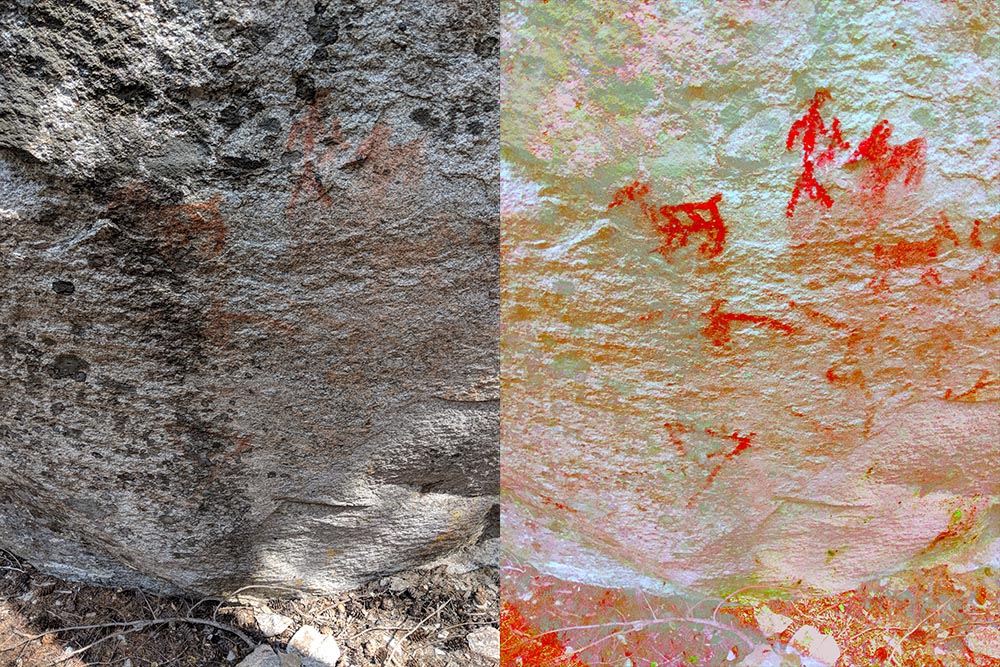At the 2018 ASOR conference, Vanessa Linares of Tel Aviv University gave the paper “Long Distance Trade: Vanillin as a Mortuary Offering in Middle Bronze Meggido.” In this paper reported by Science News, Linares used organic residue analysis to find vanillin and 4-hydroxybenzaldehyde on three small jugs. These jugs were recovered from an elite tomb at Meggido that dated to the middle bronze age (ca. 1650-1550 BCE).
A Vanilla Hypothesis
Linares notes that seed pods of the vanilla orchid contain both vanillin and 4-hydroxybenzaldehyde compounds. She claims that the current belief that the vanilla was first domesticated in the New World is wrong. And she concludes that vanilla flavoring must have originated from Africa, India, or southeast Asia.
From the results of her organic residue analysis on three jugs, Linares constructs a vast global-wide middle bronze age trading network in vanilla. And there is no denying that such vast trade networks could (and probably did) exist. But there is a problem with her theory.
Another Source of Vanillin
Vanilla is not the only source of vanillin and 4-hydroxybenzaldehyde. Oak trees also contain vanillin and 4-hydroxybenzaldehyde.[1] A quality we see used today in alcohol production. For example, bourbon is aged in oak barrels to impart a vanilla flavor profile.
And the fact is that oaks are native to the Levant. The varieties of oak trees found in the Levant include the kermes oak (Quercus coccifera), the Palestine oak (Quercus calliprinos), Aleppo oak (Quercus Infectoria), and the Mount Tabor oak (Quercus ithaburensis). And these trees have been in the Levant since ancient times.
The ancient Israelites used oaks as landmarks (Gen 12:6, 13:18) as such trees could reach 18 meters in height. Because of their use as landmarks, people passed by these trees frequently, which also made these areas desirable for graves (Gen 35:8; 1 Chr 10:12). And other ancient peoples even used oak groves for divination (Judg 9:6). So the oak was a well-known tree in the Levant.
A Less Sweet Bias
I would not go as far as to say that the ancient Levantines used oak wood to age the substances stored in these middle bronze age jugs. Nevertheless, they could have used oak containers and utensils in a wide variety of industrial processes. Oak as a source of vanillin seems to me much more likely than the hypothesis proposed by Linares.
While Linares may be correct that the source could be the vanilla bean, she is a long way from proving it. And in whipping up this elaborate hypothesis, Linares has become mired in a confection of confirmation bias. And this produces research that is a lot less sweet.
Footnotes
1. Philip J. Spillman, Alan P. Pollnitz, Dimitra Liacopoulos, George K. Skouroumounis, and Mark A. Sefton, “Accumulation of Vanillin during Barrel-Aging of White, Red, and Model Wines,” Journal of Agriculture and Food Chemistry 45 (1997): 2584-2589. Jose Miguel Oliva, Felica Sáes, Ignacio Ballesteros, Alberto González, Maria José Negro, Paloma Manzanares, and Mercedes Ballesteros, “Effect of Lignocellulosic Degradation Compounds from Steam Explosion Pretreatment on Ethanol Fermentation by Thermotolerant Yeast Kluyveromyces marxianus” in Biotechnology for Fuels and Chemicals: The Twenty-Fourth Symposium, eds. Brian H. Davison, James W. Lee, James D. McMillan, and Mark Finkelstein (New York: Springer Science+Business Media, 2003), 150.



